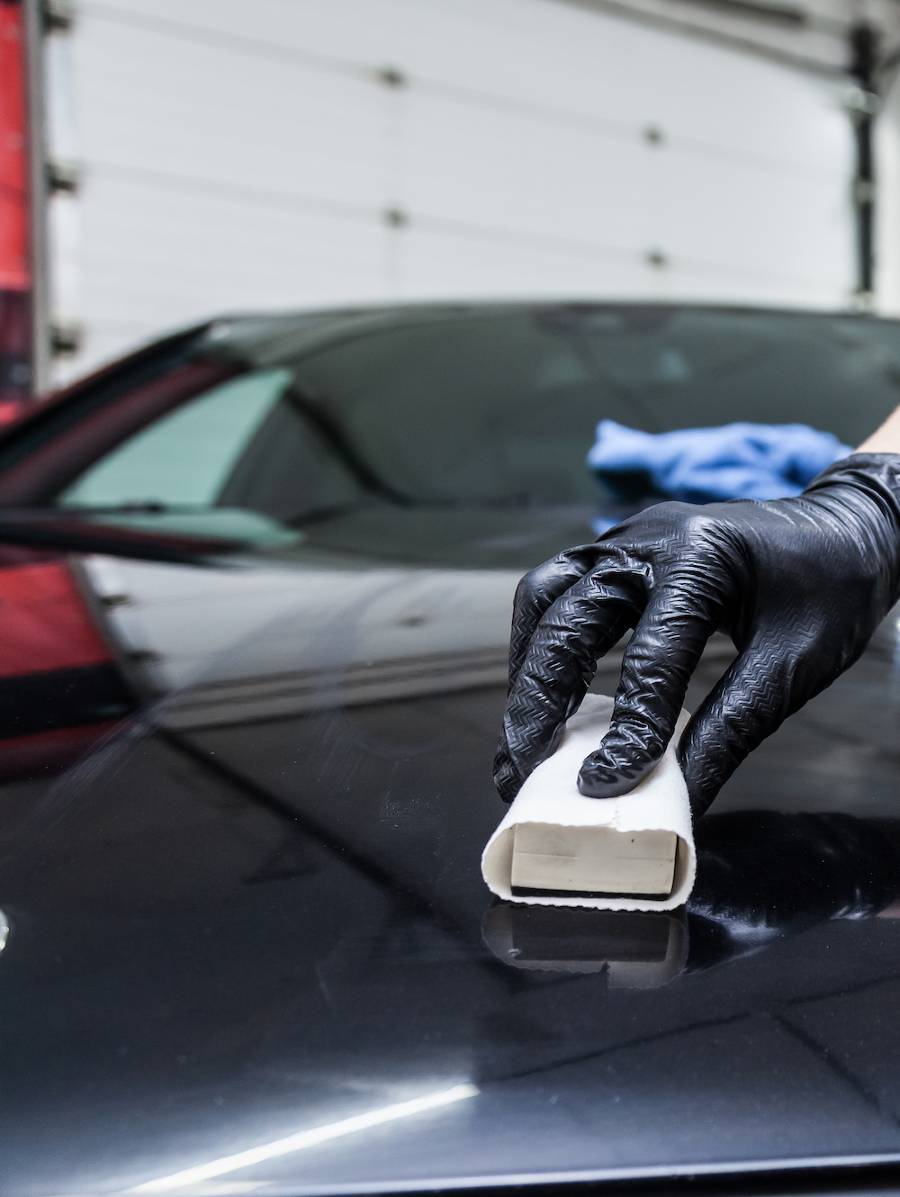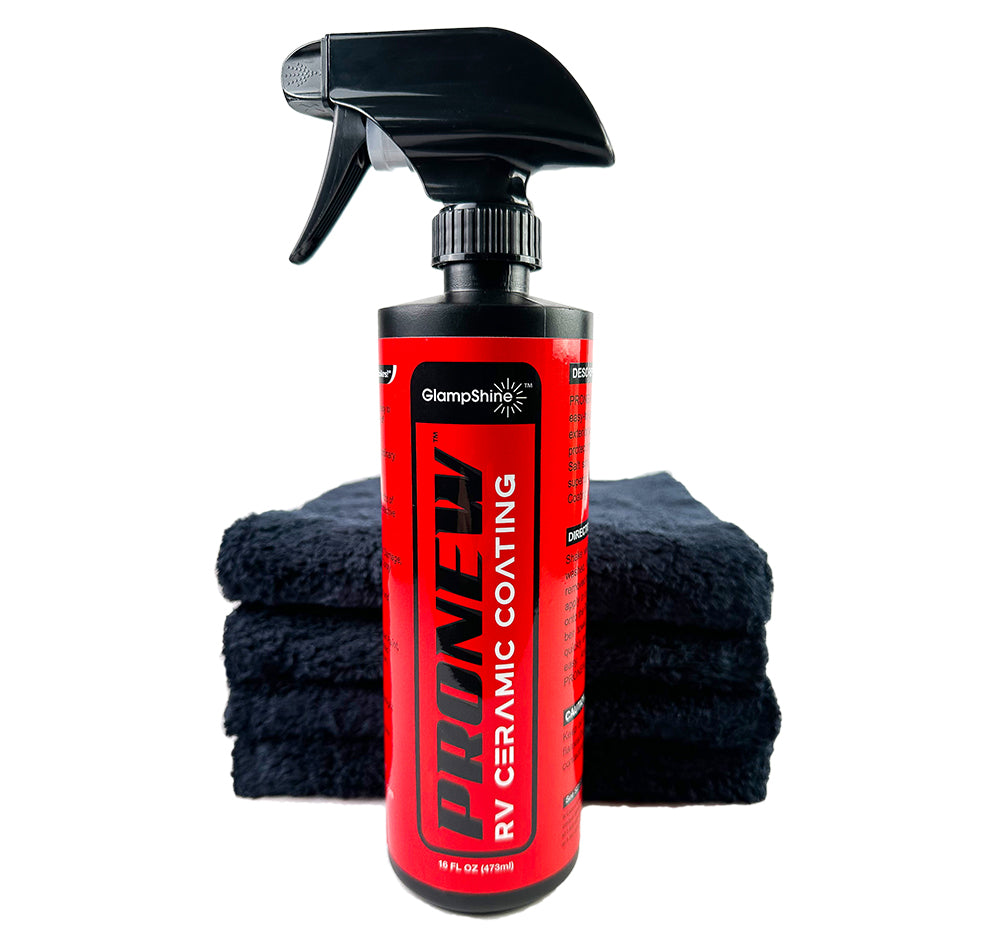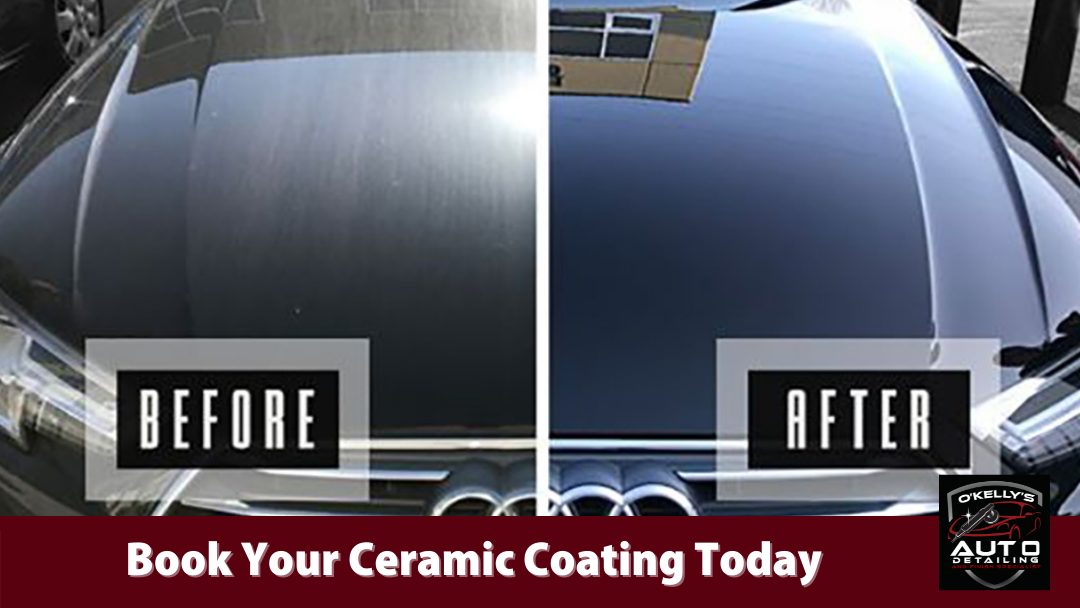Why Ceramic Layer Is the Ultimate Service for a Remarkable Finish
Ceramic finish has actually arised as a leading service for those looking for a remarkable coating for their lorries, thanks to its exceptional sturdiness and protective functions. What aspects absolutely established ceramic finishing apart?
What Is Ceramic Layer?

When used correctly, ceramic layer produces a hydrophobic surface area that repels water and dirt, making it simpler to clean up and preserve. Unlike typical waxes or sealants, which normally provide temporary protection, ceramic finishes can last for several years, depending on the product high quality and application technique. The procedure of applying ceramic covering needs careful preparation, consisting of comprehensive cleaning and sometimes repaint adjustment, to make certain optimum bonding and effectiveness.
Ceramic coverings are not limited to automotive surface areas; they can also be made use of on various materials, consisting of glass, metal, and plastics, giving a flexible option for improving protection. Generally, ceramic covering represents a considerable advancement in surface security innovation, integrating both functional and visual advantages for a variety of applications.
Benefits of Ceramic Coating
While many surface security options exist, the benefits of ceramic layer stand out as a result of its distinct homes and durable efficiency. Among the main advantages is its exceptional durability. Ceramic Coating Philadelphia. Unlike conventional wax or sealers that need constant reapplication, ceramic coverings give a resilient layer that can last for a number of years, substantially decreasing maintenance efforts
Another notable advantage is improved defense against environmental contaminants. Ceramic finishes produce a hydrophobic surface that drives away water, dust, and numerous contaminants, making it less complicated to clean. This feature not only preserves the automobile's appearance but also decreases the threat of deterioration and oxidation, particularly in harsh weather.
Furthermore, ceramic finishes supply exceptional resistance to UV rays, protecting against fading and deterioration of paint in time. This UV defense is important for preserving the visual worth of surfaces and vehicles exposed to route sunshine.
In addition, the glossy coating attained with ceramic covering improves the total aesthetic appeal, giving surface areas a showroom-quality luster. Generally, ceramic coatings stand for a substantial development in surface area defense technology, providing long-lasting benefits that provide to both functional and visual requirements.
Just How It Works
Understanding the scientific research behind ceramic finishes discloses exactly how they give such impressive security and longevity. At its core, a ceramic coating is a fluid polymer that chemically bonds with the automobile's factory paint. This bonding creates a protective layer that is both hydrophobic and oleophobic, repelling water, dust, and oil. The key element of many ceramic finishings is silicon dioxide (SiO2), which is originated from quartz. This compound adds to the coating's firmness and resistance to scrapes, UV rays, and ecological contaminants.
The application process entails numerous actions, consisting of Get the facts surface prep work, which is vital to achieving ideal attachment. Once used, the finishing undergoes a curing procedure, throughout which it sets and forms a semi-permanent bond with the paint surface area. This bond is what identifies ceramic finishes from standard waxes and sealers, offering a longer-lasting protective obstacle that can endure for several years.
In addition, the thickness of the finishing can improve its safety high qualities, making sure that it can endure extreme problems. Ultimately, the science of ceramic coatings incorporates innovative materials with ingenious application techniques to provide an unequaled degree of security and visual improvement for automobiles.
Comparison With Typical Techniques
The benefits of ceramic coverings end up being especially apparent when compared to typical paint security methods such as sealants and waxes. While waxes use a short-term luster, typically lasting a couple of weeks to a number of months, ceramic finishings provide a lasting safety layer that can endure for several years. This longevity dramatically minimizes the regularity of reapplication, making ceramic finishes a more economical remedy with time.
In addition, traditional techniques frequently call for substantial prep work and several applications to achieve an acceptable level of defense. On the other hand, ceramic coverings bond at a molecular degree with the car's surface, creating a Bonuses robust shield versus environmental contaminants like UV rays, acid rain, and road salts. This bond boosts the car's resistance to scrapes and swirl marks, which prevail with traditional waxes and sealers.
Moreover, the hydrophobic properties of ceramic finishings drive away water and dust, leading to less complicated cleansing and maintenance. In comparison, wax and sealant-treated surfaces can bring in crud, requiring more frequent washing - Ceramic Coating Philadelphia. Overall, ceramic finishings not only provide exceptional defense however likewise deliver a more visually attractive and enduring coating, establishing them as the favored option for critical lorry proprietors
Application and Maintenance Tips

Using a foam applicator, use the covering in little sections, adhering to the manufacturer's standards concerning density and overlap. Permit enough curing time between coats, commonly 24 hr, to ensure appropriate bonding. After application, it is vital to stay clear of exposure to water or severe components for at least a week to enable the finishing to totally treat.
For upkeep, clean the lorry frequently with pH-balanced soaps and prevent rough materials. Touchless vehicle cleans are suggested to reduce damaging. In addition, utilizing a ceramic maintenance spray can enhance the layer's hydrophobic homes and long life. Routine examinations for any indications of wear will certainly aid keep the covering's honesty and protect that pristine finish.
Conclusion
In verdict, ceramic finish emerges as a premium alternative for achieving a remarkable vehicle finish. By creating a robust bond with factory paint, ceramic finishing efficiently guards versus scrapes, UV rays, and environmental contaminants.

Comments on “How Ceramic Coating Philadelphia Improves Your Automobile's Sparkle and Protection”